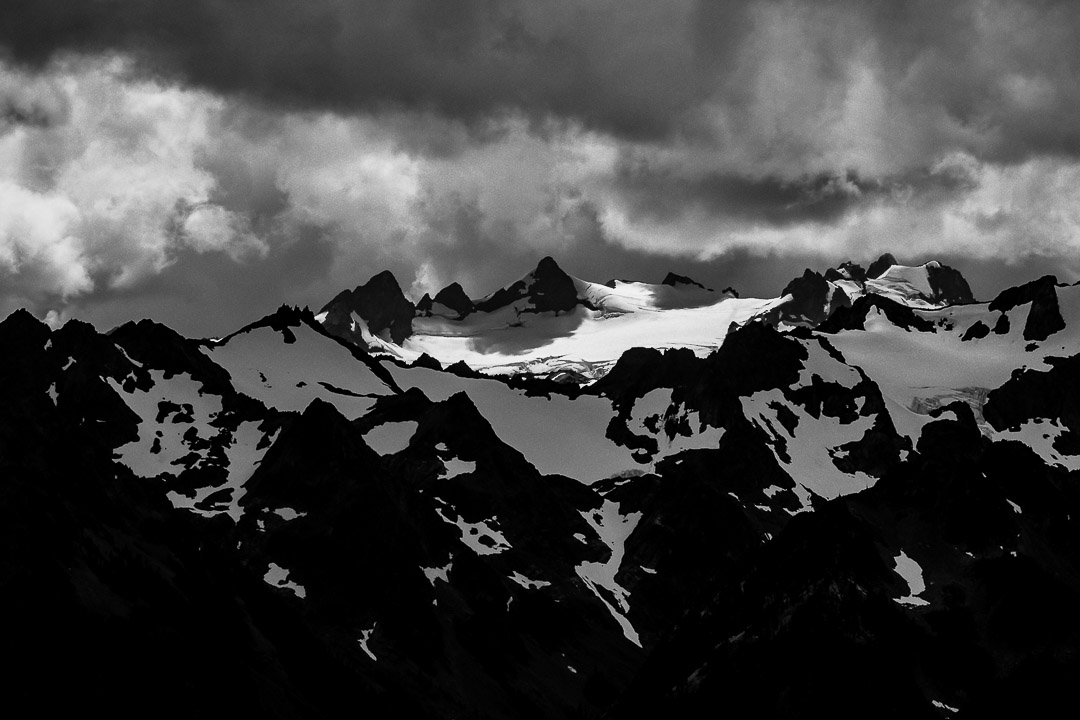
Our summer tour through the Pacific Northwest continued with a trip to the Olympic Peninsula, west of Seattle. We have set up camp for two nights in a Bed&Breakfast in Port Townsend, from where we visit the mountainous part of Olympic National Park, then headed to the West for a night in Kalaloch at the Lodge, for a stunning Pacific Ocean sunset and trips to the only rainforests of the northern hemisphere. For a bit more info and some photos continue after the jump…
Olympic National Park, made a National Park by Theodore Roosevelt in 1938, is a Unesco World Heritage Site. The park has four basic regions: the Pacific coastline in the west and the Juan de Fuca Strait in the north, at the alpine areas of the Olympic Mountains, the rainforests on the temperate west side and the lush forests of the drier east side.
From Port Angeles in the north a road leads up to the Olympic Mountains whose sides and ridgelines are topped with massive glaciers. Mount Olympus, which rises to 7,965 feet (2,428 m), receives large amounts of snow, and has the greatest glaciation of any non-volcanic peak in the lower 48 states outside of the North Cascades.
From the Hurricane Ridge Visitor Center we hiked up Hurricane Hill for stunning views of Mount Olympus on one side and a view down to the sea fog covered Juan de Fuca Strait and Canadian Vancouver Island visible behind.
The evening we spent at Lake Crescent, a beautiful mountain lake just west of Port Angeles.
The next day, enroute to Kalaloch, we visited the fascinating Hoh Rainforest. As the other rainforests that mantle the western side of the park, is mantled by temperate rainforests, which receive annual precipitation of about 150 inches (380 cm), making this perhaps the wettest area in the continental United States. As opposed to tropical rainforests, the rainforests of the Pacific Northwest are dominated by coniferous trees, including Sitka Spruce, Western Hemlock, Coast Douglas-fir and Western Red Cedar. Mosses coat the bark of these trees and even drip down from their branches in green, moist tendrils. The ground is mostly covered by ferns. Walking through it is almost an outer worldly experience. The next day, from Kalaloch, we also hiked through the Quinault Rainforest.
It was very tough to photograph in the forest, partly due to the fact that the sun was shining and led to big contrasts that the sensor had trouble capturing. Also, the the size and depth of the trees cape was very difficult to capture in an two-dimensional image, but I hope the posted photos can give you an impression about the beauty of this enchanted forest.
Leaving Quinault, we stopped at the world’s largest Sitka Spruce, where Big Girl in comparison to this 1000 year old tree isn’t all that big anymore.
The visit to the Olympic Peninsula was capped by a splendid sunset at Kalaloch Beach. Actually, the half hour after the sun went down behind the crashing waves was a symphony of color.
Images shot with the Olympus OM-D E-M1 with the 12-100mm F/4 and the PEN-F with the 40-150mm F/2.8. RAW conversion and post processing in Lightroom Classic CC.
Wish you a great Friday!
Marcus
Related Posts:
PNW Explored – San Juan Whale watching
PNW Explored – Colorful Seattle
